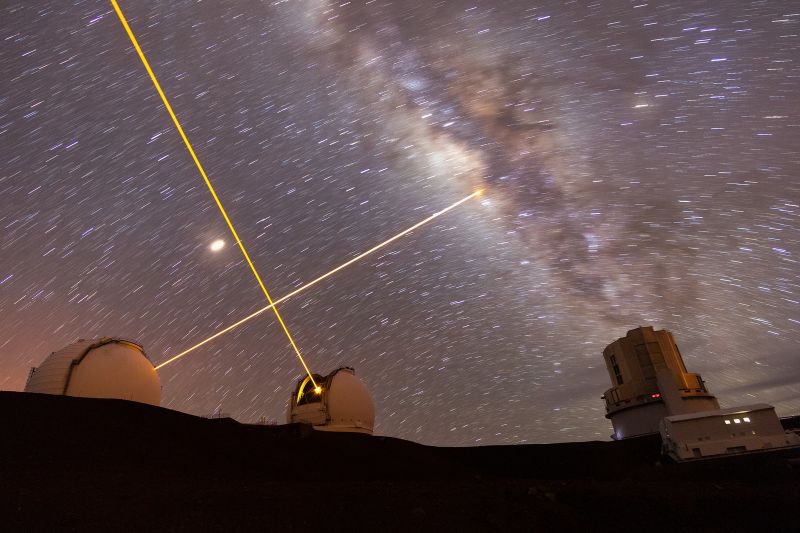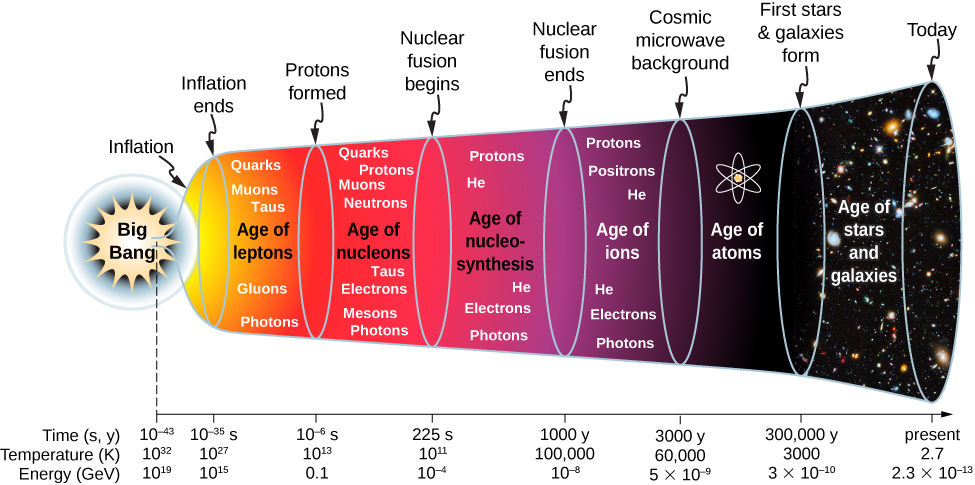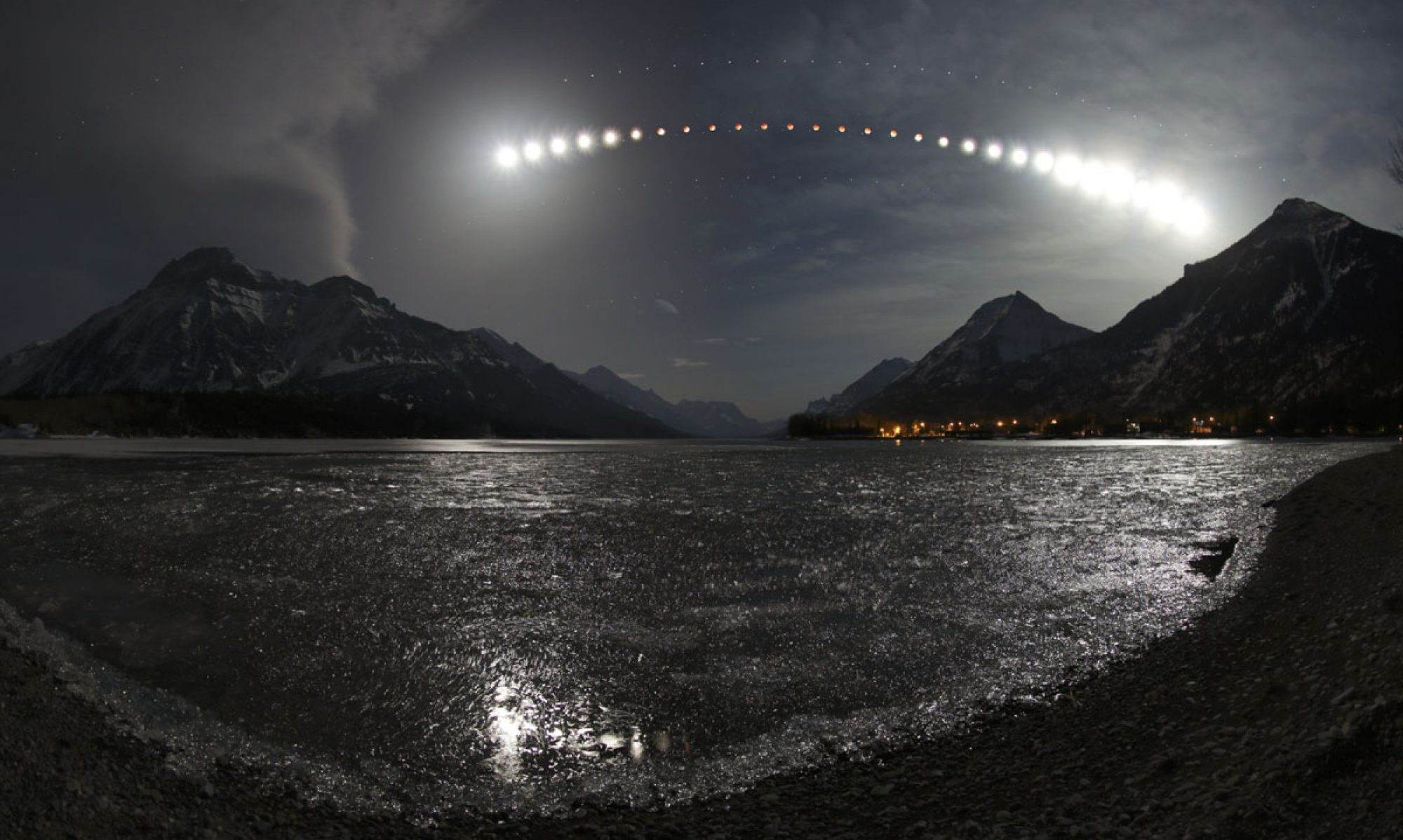
The heavens have fascinated mankind since the dawn of time… well, at least for the last 240,000 years after man evolved enough to climb down from the trees. But I digress.
This past century has unquestionably added to our knowledge of our solar system and the cosmos. What have we learned? I’ve compiled a few things that I find interesting.
-Patrick
A forming planet has to reach about 500 miles across in order to have enough gravity to crush itself into a sphere. Four and a half billion years ago, roughly 100 baby planets were circling our Sun. In time, they slammed into one another, resulting in the formation of our current four rocky planets of Mercury, Venus, Earth, and Mars.
All four of our gaseous planets have rings. Jupiter has thousands of ringlets, many only a few miles wide. Gas planets also have magnetic fields. The auroras at their poles are proof of this. So, how does a gas planet, without an iron core, create a magnetic field?
Scientists have tried to recreate the core of Jupiter in order to study why it has a magnetic field. In the lab, scientists used an array of 192 laser beams focused on a sample of hydrogen gas, to simulate the pressures of Jupiter. As the pressure upon the sample reached over a million times the pressure on Earth, the hydrogen becomes a liquid. But, upon reaching tens of millions the amount of pressure, similar to that of Jupiter’s core… the resulting pressure changes the structure of the hydrogen atoms into a metallic form. Scientists think that this is what is happening within Jupiter’s core. In January of 2017, a scientist at Harvard University successfully created metallic hydrogen.
The moons of Jupiter, Saturn, Uranus, and Neptune are at least 50% water. Nearly 4 billion years ago, asteroids delivered the water we now have on Earth. Seventy-one percent of the Earth’s surface is covered with water. Still, water only makes up 0.05 percent of Earth’s mass. We enjoy just the right amount of water. Less, and we would be a dry planet with the land masses soaking up the water. More water, and the Earth would be a water world.
The average galaxy may contain 100 billion stars. Until a hundred years ago, scientists believed the universe contained only the Milky Way galaxy. Scientists of the day called it our ‘island universe’. In 1924, Edwin Hubble discovered other galaxies outside our own. In that year, our knowledge of our universe went from just knowing about the Milky Way galaxy, to realizing that there were billions of galaxies out there.
Galaxies are massive. On Earth, we measure distance in miles, kilometers, or leagues. In space, we measure using astronomical units (1), parsecs (2), and light years. A light year is just under 6 trillion miles. Earth is 25,000 light years from the center of our Milky Way galaxy, and our galaxy is over 100,000 light years across. Andromeda, our nearest galactic neighbor, is over 200,000 light years across. Our universe is estimated to be 93 billion light years across.
- Astronomical Unit = Approximately 1.5 million kilometers
- Parsec = 3.26 light-years (30 trillion km or 19 trillion miles)
The Big Bang occurred about 13.7 billion years ago.
IC-1011 is the biggest galaxy yet found. It is 60 times larger than the Milky Way and extends six-million light years across.
Studying the center of our own galaxy, scientists discovered that the stars revolving around the center, were moving at speeds of several million miles an hour. The only force powerful enough to sling stars around at those speeds had to be a super massive black hole.
Even with super massive black holes at the center of all galaxies, it doesn’t exert enough gravity to keep the galaxies together. So, what keeps galaxies together? Dark matter. Dark matter makes up roughly six times as much matter as regular matter that exists in the universe. We know dark matter exists because of what it does to light emanating throughout the universe. Dark matter bends light in a process called gravitational lensing. It does this by magnifying the brightness of the light but also distorting the image. We cannot see or directly detect dark matter, but we know it exists. Without it, galaxies would fall apart. Dark matter is the glue holding together the whole structure of our universe.
So why is dark matter important? Scientists believe that dark matter slowly created strands of itself across the universe. Dark matter are the building blocks for our universe. Upon these weblike strands, are built the galaxies. Of all matter comprising the universe, dark matter makes up 23%. Regular matter accounts for only 4%.
As you’ve probably noticed, both dark matter and regular matter together, makes up 27% of the universe. What comprises the rest? Dark energy… it makes up roughly 68%.
Using type 1 supernova to measure distances, scientists found that galaxies weren’t slowing down due to gravity after the Big Bang, but rather they were accelerating. How could this be? The answer, dark energy.
Dark matter checked dark energy until about 5 billion years ago. Dark energy started winning the tug of war with dark matter. From that point on, the growth of the universe started speeding up. Dark energy was, in essence, stretching space.


